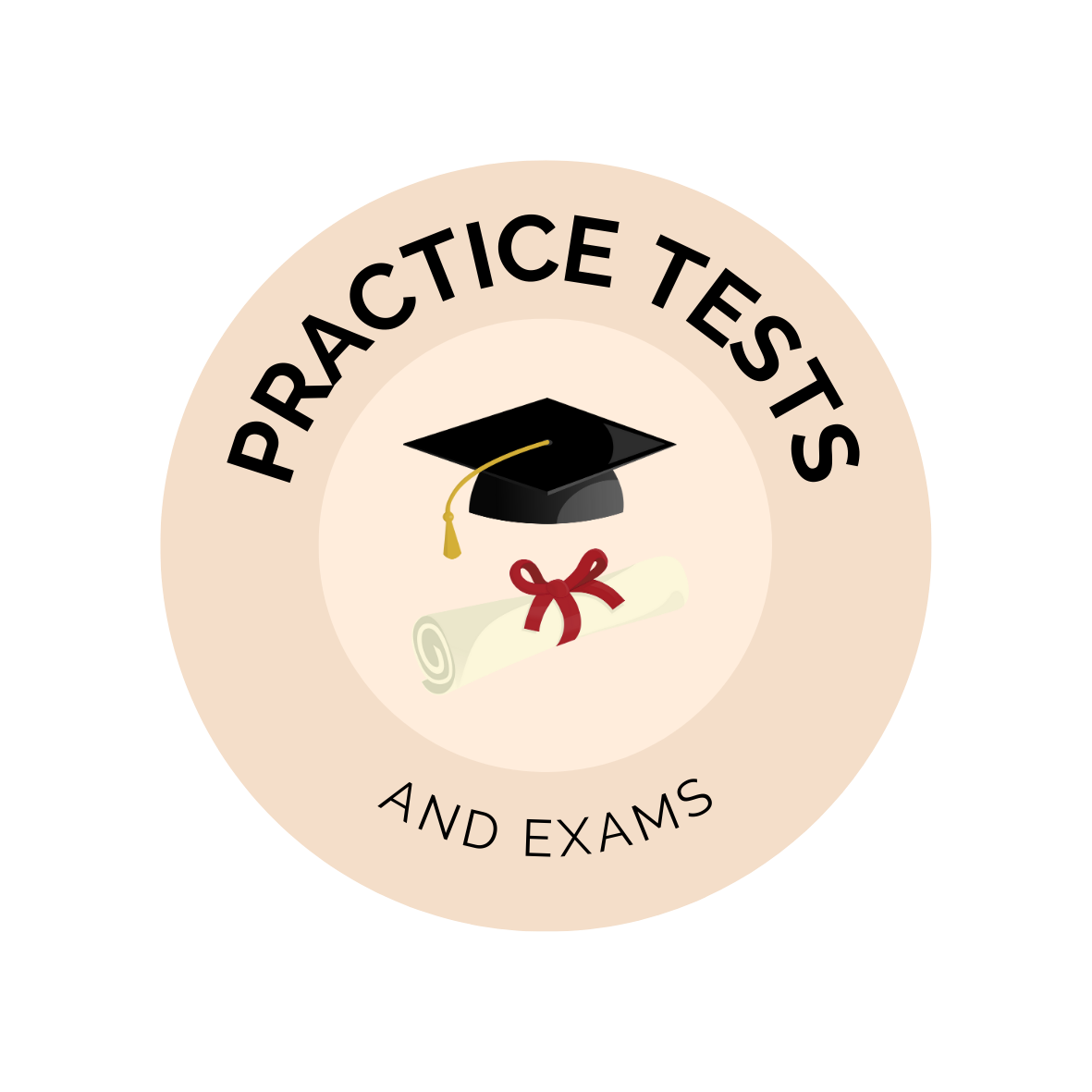Creative Writing Tips for Students taking Selective tests ( Part 1 )
Creative writing is like painting but with words. It requires thoughtfulness and skill to craft engaging stories that captivate readers. However, composing a well-written piece can be challenging, as it involves selecting the right content, arranging ideas effectively and ensuring overall quality.
Persuasive writing, on the other hand, focuses on presenting and supporting a specific point of view. In contrast, creative writing is an art form that revolves around storytelling and evoking emotions in readers.
Continue reading for valuable insights on honing your creative writing skills, including tips that can prove beneficial in passing selective school tests, such as the Edutest creative writing test.
Creative Writing Tips to Keep in Mind
Creative writing is an exciting adventure that lets you bring your ideas to life. But how can you make sure that your piece is interesting and meets the criteria of the examiners?
Here are three essential principles that will help you excel:
1. Organize Your Ideas
A well-written piece should have a sense of order that leads the reader from one idea to the next in a smooth way. Make sure your piece has a clear beginning, middle and end and follows an organized structure.
Smooth transitions and well-organized paragraphs will help your readers stay interested in your writing and feel like they are a part of it
2. Add Life To Your Story
Don't ever forget how much power a single word can have. It can show what the story is about, make people feel something and set the mood. Choose an adjective that describes your story's setting, emotions or main point.
Use relatable and relevant details to hook your reader. Use descriptive language to show what your characters see, hear, smell, taste and feel. This allows your reader to fully experience and truly add life to your story.

3. Connect Your Story with The Topic Or Question
It's very important to make a clear connection between your story and the exam guidelines. Make sure your piece answers the question and shows that you can understand and answer the challenge.
Make sure the theme, characters and events of your story match what the test is looking for. This is a test of how smart you are!
Sample Paragraphs
Paragraph 1
John went to school and saw his friends. After that, he went to play basketball with his friends and then went home, ate dinner and went to bed.
Paragraph 2
John went to school this morning, excited for what the day would bring. He woke up in a good mood and hummed one of his favorite tunes as he walked there. John's day was full of interesting classes, which left him feeling both satisfied and interested. As soon as the last bell rang, he met up with his friends at their usual place on the edge of the school grounds. Together, they went on an exciting basketball adventure. They went to a local court that was known for its clean surroundings and enthusiastic players. Even though John was getting tired, his excitement soared as he made a great three-point shot with ease. When he got home, he found a delicious dinner waiting for him. He savored every bite with thanks before going to bed, remembering the exciting parts of his day.
Let's compare two short paragraphs.
The first paragraph has only two sentences and feels plain and uninteresting. It doesn't capture your attention or make you imagine the story.
However, the second paragraph is different. It tells a complete story about John's day and it makes you feel like you're right with him. You can picture John and imagine what his day was like. It's more engaging and exciting to read.
Time Management in Creative Writing Test
The goal of the test is to write a well-written piece that follows the key guidelines, even if you only have a short amount of time. Focus on finishing the story well instead of trying to make it perfect or leaving it incomplete.
Below are some points to pay attention to:
1. Write what the question wants you to write.
Make sure you know what the question is asking and that your story answers it.
2. Keep the standards high.
Try to tell a great story by following the rules for order, words and connections. Use interesting details and conversation to keep the reader's attention.
3. Put the whole story together.
Give the most weight to a story with a good start, middle and end. Don't leave unfinished ideas or loose ends.
Final Words
To do well on the selective school creative writing test, you need to know and use key principles. You can write a great piece by giving it a clear structure, evoking emotions with strong adjectives and making sure you meet requirements of the test.
Write often and look for great works for ideas to improve your creative writing skills.
Good luck!





0 comments